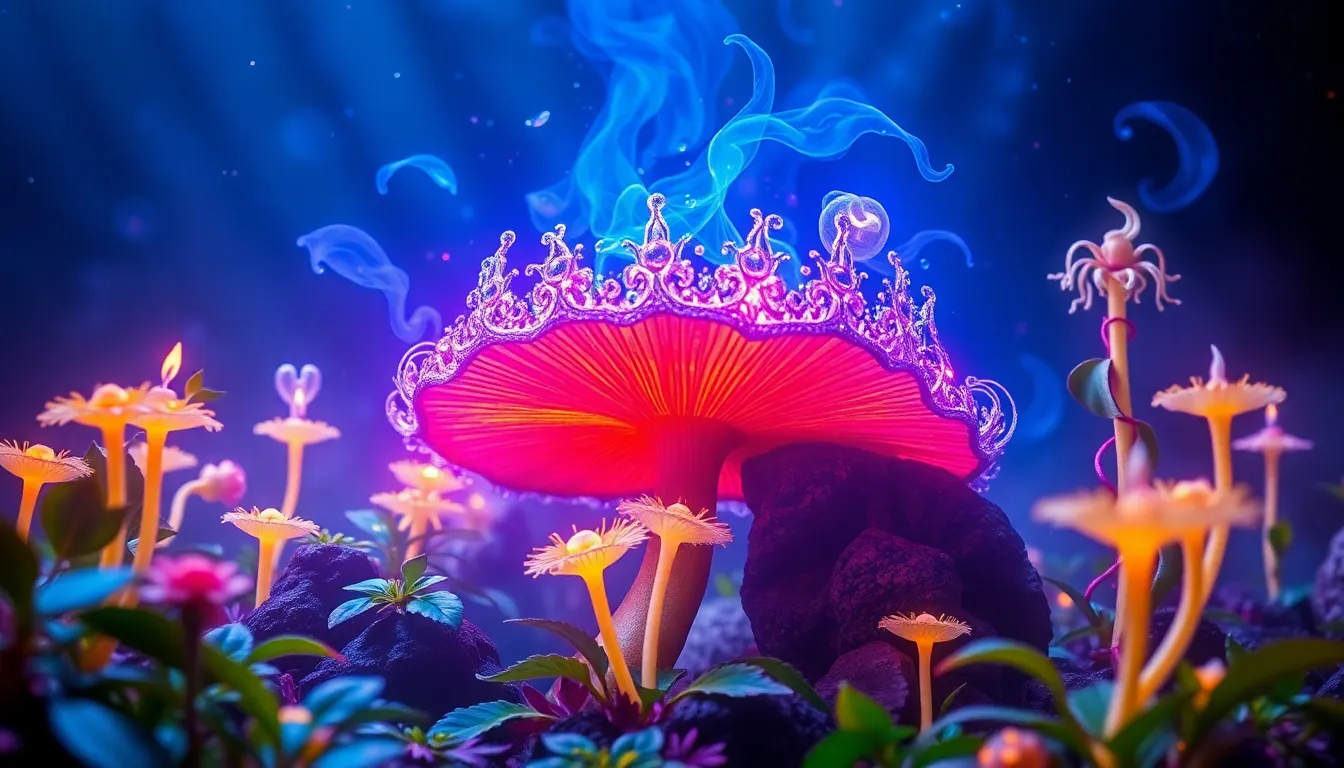Plant Myths That Have Stood the Test of Time—Are They True?
I. Introduction
Throughout history, various plant myths have emerged, often reflecting cultural beliefs and practices. These myths can shape our understanding of gardening, ecology, and the natural world. From ancient civilizations to modern society, plant myths are prevalent across different cultures, influencing how we interact with the green life around us.
The purpose of this article is to explore some common plant myths and examine their validity through scientific research and practical insights. By understanding the truths behind these myths, we can enhance our gardening practices and improve our relationship with plants.
II. Myth 1: “Talking to Plants Helps Them Grow”
This myth has roots in the belief that plants respond positively to human interaction, particularly talking. Historically, many gardeners have claimed that verbal communication can stimulate plant growth.
Scientific studies have explored the effects of sound on plant growth. Some research suggests that vibrations from sound waves may influence plant growth positively, while other studies find no significant impact. For instance:
- A study conducted by the Royal Horticultural Society found that plants exposed to music grew taller than those that were not.
- Conversely, other experiments, including those by researchers at the University of California, found no noticeable differences in growth.
In conclusion, while some evidence supports the idea that sound can affect plants, the notion that talking to them significantly enhances growth remains inconclusive.
III. Myth 2: “Houseplants Purify Indoor Air”
The idea that houseplants can purify indoor air gained popularity in the late 1980s, particularly after NASA’s Clean Air Study. This study suggested that certain plants could remove toxins from the air.
However, subsequent research has cast doubt on the extent of this benefit. Key points include:
- Many studies indicate that while plants can absorb some pollutants, the amount of air purification they provide in typical indoor settings is minimal.
- Air exchange rates and ventilation play a much larger role in indoor air quality than houseplants alone.
Realistically, while houseplants can contribute to a healthier atmosphere, they should not be relied upon solely for air purification. Proper ventilation and air circulation are essential.
IV. Myth 3: “Cacti Don’t Need Water”
A common misconception is that cacti are entirely drought-resistant and require little to no water. This myth stems from their natural habitat in arid regions.
In reality, cacti have specific watering needs based on their species and environment:
- Most cacti need thorough watering during their growing season (spring and summer), allowing the soil to dry out completely between waterings.
- Overwatering is a significant risk, but under-watering can also harm these plants.
In conclusion, while cacti are adapted to survive in dry conditions, they still require appropriate care and watering practices to thrive.
V. Myth 4: “All Plants Are Safe for Pets”
It’s essential for pet owners to be aware that not all plants are safe for their furry friends. This myth can lead to dangerous situations for pets who may ingest toxic plants.
The distinction between toxic and non-toxic plants is crucial:
- Common houseplants like lilies, philodendrons, and sago palms can be toxic to pets, causing various health issues.
- Conversely, plants like spider plants and Boston ferns are generally safe for pets.
Pet owners should research and select pet-friendly plants for their homes. Keeping potentially harmful plants out of reach can also help ensure their pets’ safety.
VI. Myth 5: “You Can’t Grow Plants from Cuttings”
The belief that growing plants from cuttings is impossible is unfounded. In fact, many plants thrive through propagation techniques involving cuttings.
Common methods of propagation include:
- Stem cuttings: Taking a section of the stem and placing it in water or soil.
- Leaf cuttings: Some plants can grow roots from a single leaf.
Examples of plants that propagate well from cuttings include:
- Succulents
- Herbs like basil and mint
- Houseplants such as pothos and spider plants
Following a simple step-by-step guide can lead to successful propagation, allowing gardeners to expand their plant collection with ease.
VII. Myth 6: “Organic Pesticides Are Always Safe”
While organic pesticides are often perceived as safer alternatives to synthetic ones, this belief can be misleading.
It’s essential to understand the differences:
- Organic pesticides are derived from natural sources, but they can still be harmful to non-target species, including beneficial insects and even humans.
- Some organic pesticides can be toxic if misused or over-applied.
Best practices for using pesticides safely include:
- Following application guidelines carefully.
- Avoiding spraying during windy conditions to prevent drift.
- Using protective gear when applying any pesticide.
Being informed about the potential risks associated with all types of pesticides is essential for safe gardening practices.
VIII. Myth 7: “Plants Can Hear You and React to Your Emotions”
The idea that plants can hear and respond to human emotions is a captivating concept. Research has explored plant responses to various stimuli, including sound and touch.
Key findings include:
- Plants can respond to environmental stimuli, such as light and gravity, through growth patterns.
- Some studies indicate that plants might react to vibrations, but this does not equate to emotional awareness.
In conclusion, while plants can respond to their environment, there is no scientific evidence to suggest they possess emotional awareness or can understand human feelings.
IX. Myth 8: “All Weeds Are Bad”
Weeds are often viewed negatively, but not all weeds are harmful. Understanding what constitutes a weed is essential in this context.
Benefits of certain weeds include:
- Providing habitat and food for beneficial insects.
- Contributing to soil health and preventing erosion.
Managing weeds effectively in gardens involves:
- Identifying beneficial weeds that can coexist with cultivated plants.
- Implementing methods such as mulching and natural herbicides to control unwanted growth.
Recognizing the roles that some weeds play in ecosystems can lead to a more balanced approach to gardening.
X. Conclusion
This article has explored several enduring plant myths and examined their validity. From the effects of sound on plant growth to the safety of houseplants for pets, we have seen that many common beliefs are rooted in misunderstanding.
As we navigate the world of plants, it’s essential to question these myths and seek evidence-based knowledge. By doing so, we can cultivate a more informed and responsible relationship with the natural world around us.
Final thoughts: Embracing scientific insights and practical experiences can enrich our gardening endeavors and deepen our appreciation for the fascinating lives of plants.



